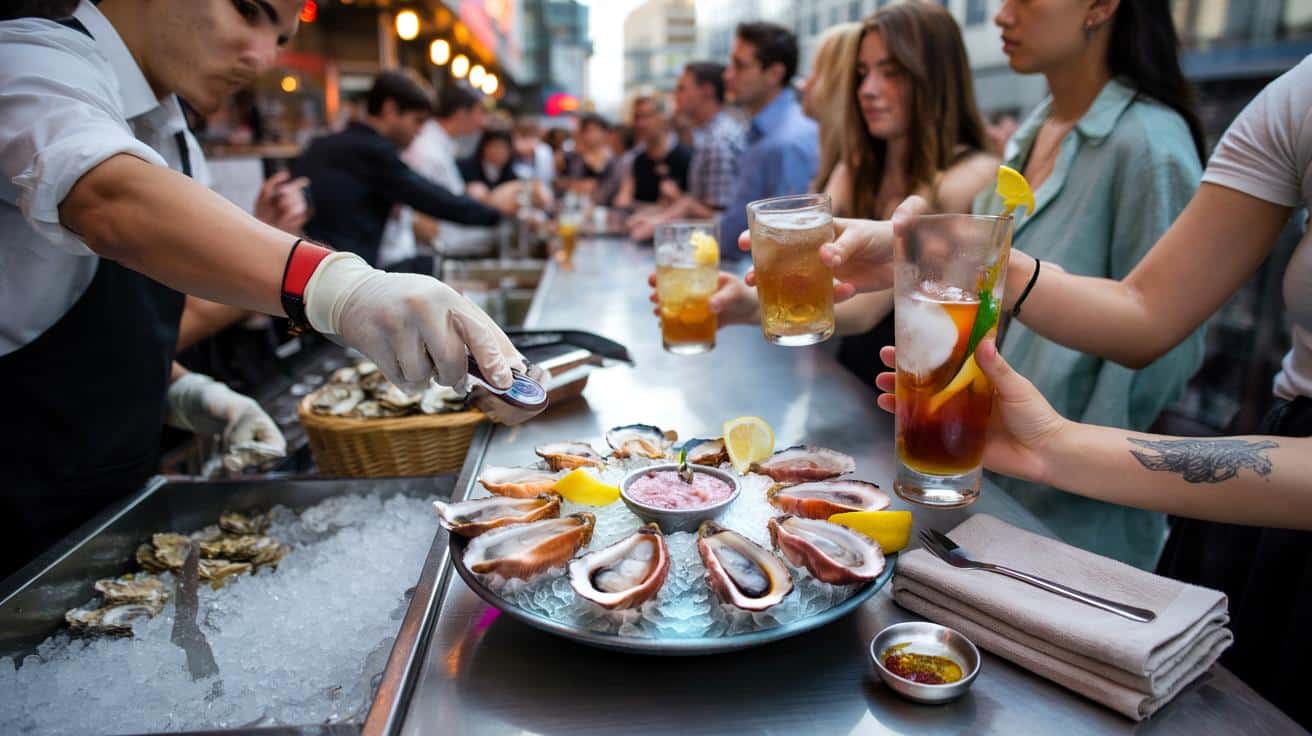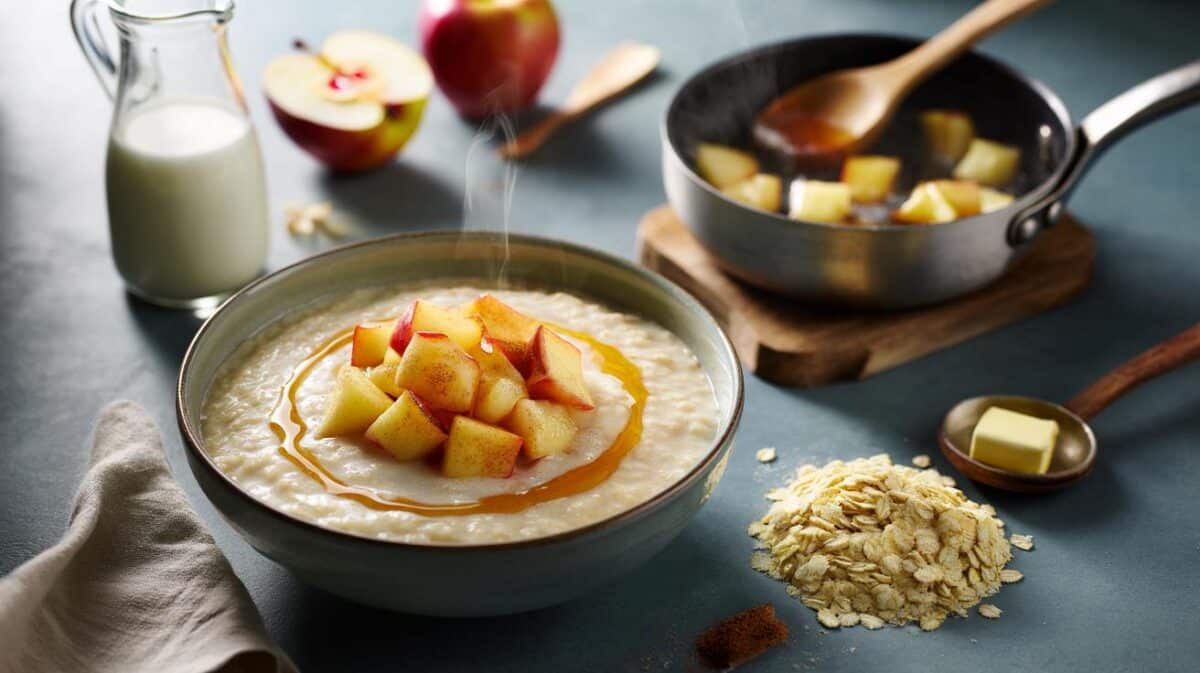The humble oyster has slipped from white-tablecloth decadence into everyday treats, driven by price-savvy millennials chasing freshness, nutrition and low-impact food. Operators report full stands on Tuesdays, queues at £1 shuck hours, and a growing appetite for provenance. The “oyster cult” is no longer a niche; it is a small, regular habit.
Why young adults are chasing the shuck
Three forces stand out: cost, health and climate. A half-dozen now sits on menus from £8 to £14 outside London, and £14 to £20 in the capital, with off-peak deals undercutting that by a long way. The price feels manageable compared with a steak or a tasting menu. It also fits a night out with lower alcohol, shared plates and conversation.
Price, access and the £1 night
Bars have learned that oysters anchor a crowd. Many run early-evening offers at £1 to £3 a shell, often tied to a glass of fizz, cider or a low-ABV spritz. Farm-to-door suppliers sell mixed dozens for home shucking, typically £15 to £30 depending on size and origin, which turns a Tuesday at home into a micro-feast.
At £1 to £3 each during off-peak hours, oysters turn premium seafood into a repeatable weeknight habit.
That pricing creates a gateway. People sample one or two with friends, learn a favourite style, then return for a dozen on payday. Venues benefit from steady footfall; diners get a taste of luxury without the bill shock.
Nutrition in a shell
Oysters pack protein with few calories. They contain zinc, vitamin B12 and iodine, plus omega‑3 fatty acids that support heart health. A half-dozen brings plenty of micronutrients and satisfies savoury cravings quickly. For gym‑goers and runners, that combination hits a sweet spot: lean protein, minerals, and a snack that leaves room for a main or simply ends the night.
- Typical portion: 3–6 oysters as a starter; 9–12 for a light meal
- Energy: roughly 50–70 kcal per three oysters, size dependent
- Key nutrients: zinc, B12, iodine, selenium, omega‑3
- Allergens: shellfish; avoid if allergic or during certain medical conditions
Low‑carbon protein
Farming methods help the appeal. Oysters need no feed, little freshwater and minimal space. They grow in bags on trestles or on ropes in tidal estuaries, filtering water as they mature. That gives them a smaller footprint than many land proteins, and it supports coastal jobs across the British Isles from Cornwall to the Highlands.
Filter-feeding shellfish thrive without feed or fertiliser, making oysters one of the leanest proteins for the planet.
Sustainability has social currency, particularly among city dwellers who value traceable food. Producers are now naming bays, tides and grades on menus. That storytelling mirrors craft beer and speciality coffee, but with seawater and seasons.
From tide to table: how producers scaled up
Today’s supply looks very different from the fine-dining era. Hatcheries seed young oysters, then farmers raise them in bags, cages or on ropes where currents shape the meat. After 18 to 36 months, they reach market size and rest in clean water to purge grit. That process brings consistency and reduces waste.
On the retail side, chilled logistics make overnight delivery normal. Many farms now ship mixed boxes: a few briny natives, a few sweet gigas, some larger shells for grilling. It suits flatshares and small fridges. Home cooks get to test mignonette recipes, herb butter grills and beer pairings for the price of a takeaway.
| Option | Typical price per dozen | Extras | What you get |
|---|---|---|---|
| Happy-hour bar | £12–£24 | Drink tie-ins common | Freshly shucked, social setting, try-before-you-commit |
| Standard restaurant | £18–£35 | Condiments included | Better selection, staff advice, pairing suggestions |
| Farm-to-door box | £15–£30 | Delivery fee, shucking knife once | Choice of varieties, at-home ritual, lower cost per shell |
The culture shift: ritual, not status
The new oyster moment is less about status, more about ritual. Photos of briny platters fill feeds on Friday at six. People trade notes on sauces. Some plan oyster crawls through neighbourhoods, ticking off varieties the way earlier generations chased burger spots or taco trucks.
Sober‑curious nights suit oysters well. The saline pop loves citrus, tea‑based shrubs and crisp soft drinks. That makes them a rare bar food that does not rely on alcohol. It also suits smaller bills and quick meet-ups that dominate millennial schedules.
What to know before you slurp
Shellfish carry risks. Quality operators manage them through strict cold chains and clean-water depuration. Diners can help themselves by checking provenance and temperature. Pregnant people and those with certain conditions should seek medical advice first. If in doubt, order cooked servings: grilled with herb butter, steamed with garlic, or battered for a crisp bite.
- Ask which estuary or bay the oysters came from and when they arrived
- Choose busy counters that shuck to order on clean, cold beds of ice
- Smell first: fresh oysters should smell like the sea, never fishy
- Keep take-home shells at 0–4°C and eat within the use-by window
- Prefer cooked oysters if you feel unsure about raw shellfish
Taste, sizes and the myth of the “r” months
The old saying about only eating oysters in months with an “r” reflected heat and storage limits. Modern refrigeration and farm practices widen the safe window dramatically. Flavour still changes with seasons. Cooler waters bring crisp brine and tighter texture; warmer months give a richer, creamier profile as the oyster builds energy.
Size codes vary by region. In many European grades, higher numbers are smaller shells; in some British listings, you will see small, medium and large. Small suits beginners. Medium gives balance of meat and liquor. Large suits grilling or those who like a mouthful.
How to join the trend tonight
New to it? Start with a mixed half-dozen at a busy counter. Try one plain to catch the liquor, one with lemon, one with a traditional mignonette, and one with hot sauce. Note what you enjoy: sharp and briny, or sweet and creamy. Pair with a dry cider, a zero‑alcohol lager, or iced tea with citrus. If you prefer cooked, ask for grilled with herb butter or panko crumbs.
A single visit with a mixed plate teaches more about oysters than any guide: taste, texture and tide in four bites.
At home, budget for a one-time buy of a shucking knife and a thick tea towel. Watch a short tutorial from a reputable source before you start. Aim the tip at the hinge, twist gently, keep your thumb behind the guard and always work on a stable board. Serve on a salt bed or ice with lemon wedges and shallot vinegar.
Beyond the shell: skills and side benefits
One reason this trend sticks is the set of small skills it teaches. You learn to read a counter, choose freshness, and handle a knife with care. You start noticing tides, sizes and places: the brackish tang of an estuary, the clean snap of a tide-swept bay. Simple knowledge, repeatable joy.
There are knock‑ons for coastal towns. Stable demand supports hatcheries, boat crews and packers, with work that follows the tide rather than the tourist peak. For city bars, oysters anchor early-evening trade that turns quiet hours into profitable ones. For diners, the habit offers an affordable brush with the sea, and a plate that fits a healthier weeknight.









Nine a month? My rent just became an oyster subscription. See you on £1 shuck Tuesday 🙂
Great explainer. But how do I check provenance at a noisy bar? Is asking which bay and when they arrived enogh, or should I avoid if the ice bed looks slushy?